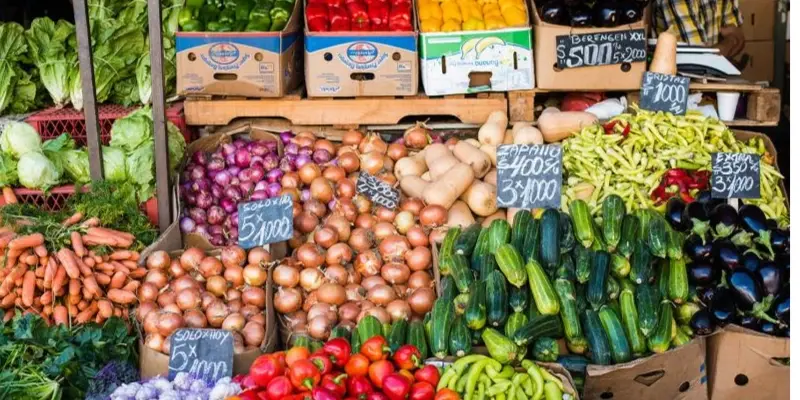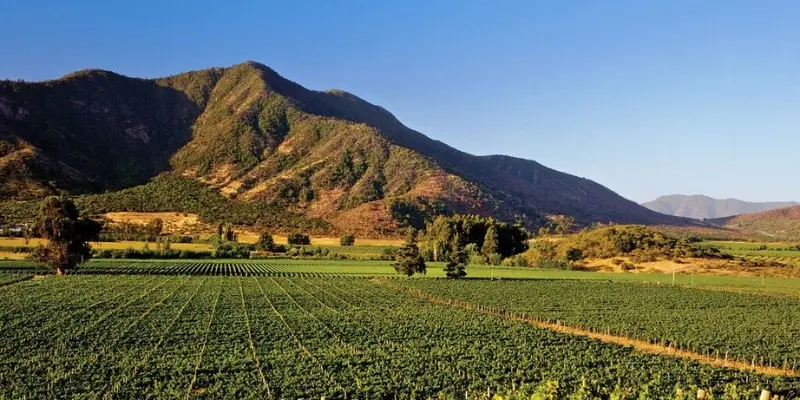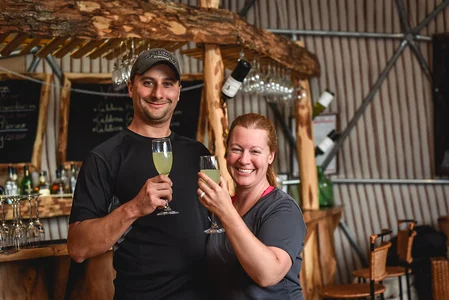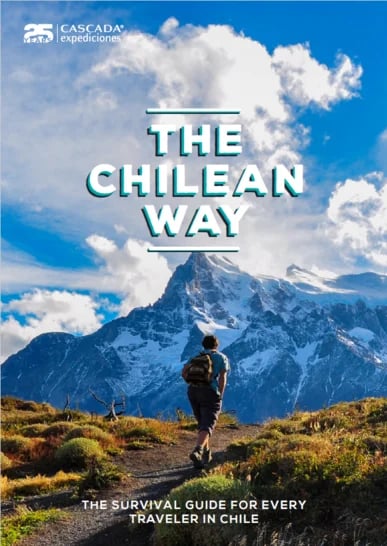There are plenty of thrilling multi-day hikes in Patagonia, and the advice for eating on the trail is clear: You should be snacking every two hours to keep your energy levels high. But the guidance on exactly what you should be eating can be confusing. Is trail mix the ideal trekking treat or just a sugary, fat-filled snack posing as health food? Does dried fruit beat fresh fruit by taking up less space or does it contain hidden sugars and fats? And is there anything wrong with eating a high fat diet when hiking anyway?
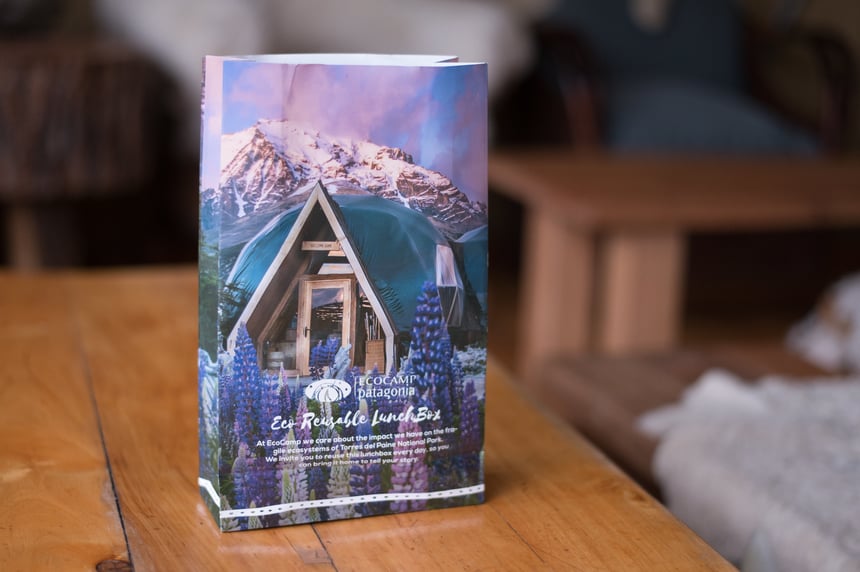
Dried Fruit
Dried fruit has long been preferred to fresh on a trek as it keeps longer, doesn’t bruise and contains less water, packing more nutrients into a smaller, lighter package. So far, so good! However, it is true that many dried fruits you’ll find in the supermarket and even specialist health food stores contain added corn syrup, and banana chips are not dried at all, but fried in coconut oil, so you’ll want to bear that in mind before you eat a whole bag in one go. That said, there’s nothing wrong with carrying dried fruits as a high energy, highly nutritious snack to enjoy alongside other foods. They’re also great at satisfying those sweet cravings without reaching for the chocolate. Some purists go as far as buying their own food dehydrating machines to dry fruit at home without adding sugar! But assuming you don’t have room in your suitcase for your dehydrator, opt for apple rings, dried mango, pineapple and apricots, which are less likely to contain added sugars than other dried fruit such as blueberries and cherries.
Energy Bars
An energy bar is the ideal compact pick-me-up to help you up and over the final boulders before the Torres del Paine viewing point. Packed tight with anything from nuts and seeds to dried fruit to honey or chocolate, the truly brilliant thing about energy bars is that there’s one to suit every taste. These bars are high in calories by design, since for a strenuous multi-day hike you may need to take in as many as twice the number of calories that you usually would. If you’re looking for a healthy option, choose a sugar-free bar with natural flavourings such as honey and fruit juice, whereas if it’s comfort you’re after you might prefer a bar drizzled in chocolate or dipped in yogurt. And of course you can even take a variety of bars in your pack so you have the perfect solution for every occasion. Granola and cereal are good ingredients to look out for in an energy bar as they contain carbohydrates that will give you a long term energy boost, not just the instant sugar-high that comes from sweeteners and chocolate.
Jerky
Of course not everyone has a sweet tooth, and even those who do sometimes yearn for something salty, which is where jerky comes in. Because it’s dried, savory jerky keeps well on a multi-day hike and doesn't weigh you down or take up lots of room in your day pack. The high protein content of jerky might not give you the instant energy hit you’ll get with the other foods on this list, but protein does help your muscles to recover from exercise which could mean less aches and pains the next morning. Jerky is also great at satisfying hunger pangs if you need something filling to tide you over to your lunch stop. The most common kinds of jerky are beef or turkey, but don’t let that stop you packing llama or wagyu jerky if you happen to come across it. Just remember to drink plenty of water along with this dried snack to maintain healthy digestion and prevent dehydration.
Candy or Chocolate
Ok, we’re not going to lie to you, you won’t find candy or chocolate on any nutritionist’s lists of foods to take on a hike. They have next to no vitamins or minerals and whilst they will provide you with a quick burst of energy in the short term, they might leave you feeling low again soon after. No, sugary treats won’t do you any more good when trekking in Patagonia than they will back at home, but they make our list for their unbeatable morale-boosting properties. You might not strictly need a bag of chocolate buttons when you’re preparing for the final climb to the top of the French Valley with the wind howling and the rain pouring, but we can guarantee it will help to get you there more than any carrot stick ever could! In warmer climates, sugar coated or dark chocolates are best to prevent messy melting issues, but you don’t need to worry about that in chilly Patagonia, so bring whatever takes your fancy. And if you really feel you need to justify packing candy, choose chocolates like peanut M&Ms or a Snickers bar that also contain lots of energy-boosting, protein-filled nuts.
Trail Mix
Also known as ‘gorp’, ‘scroggin’ or even ‘schmogle’, trail mix is a great snack for hiking in Patagonia because it can be more or less whatever you want it to be. Lightweight and almost indestructible, trail mix can be bought ready made in bags from most supermarkets or you can buy the ingredients to mix your own ideal combination. Although it is generally made up of nuts and seeds, dried fruit, mini crackers and maybe even candy, there’s no reason to stop there. Feeling traditional? Throw together some raisins and peanuts. Feeling virtuous? Try walnuts, rolled oats, coconut shavings and carob chips. Adventurous? Sunflower seeds, almonds, popcorn and banana chips. Gluttonous? Cashew nuts, pretzels and milk chocolate chips! The combinations are limitless and can be tailored exactly to your own tastes and dietary needs.
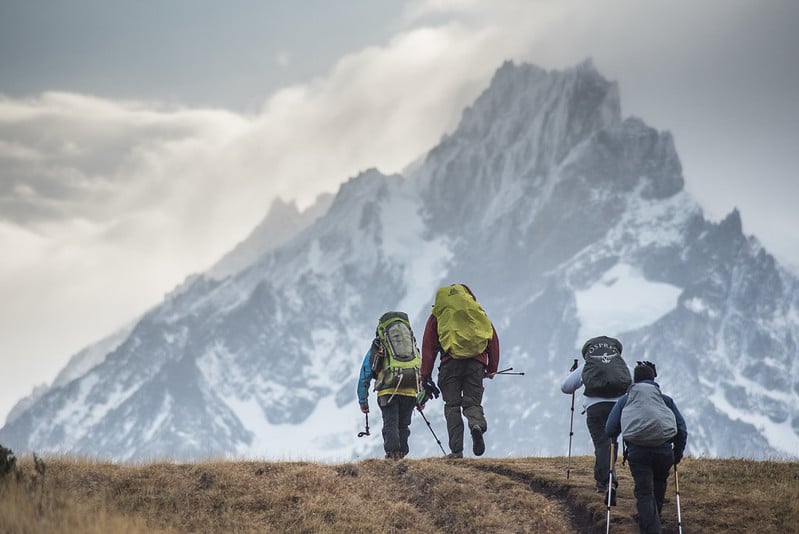
For more tips and tricks and to plan your trip in Patagonia, reach out via reservations@cascada.travel

